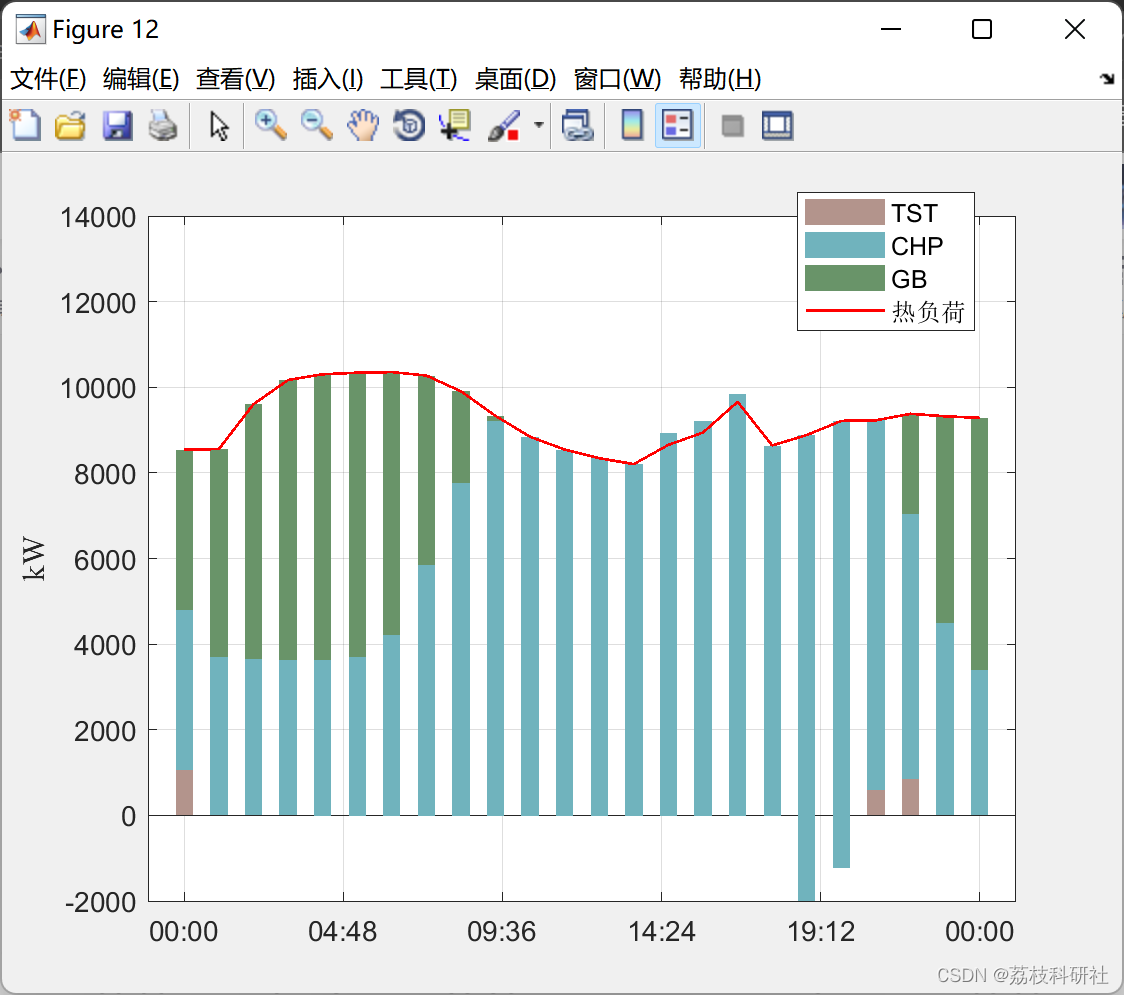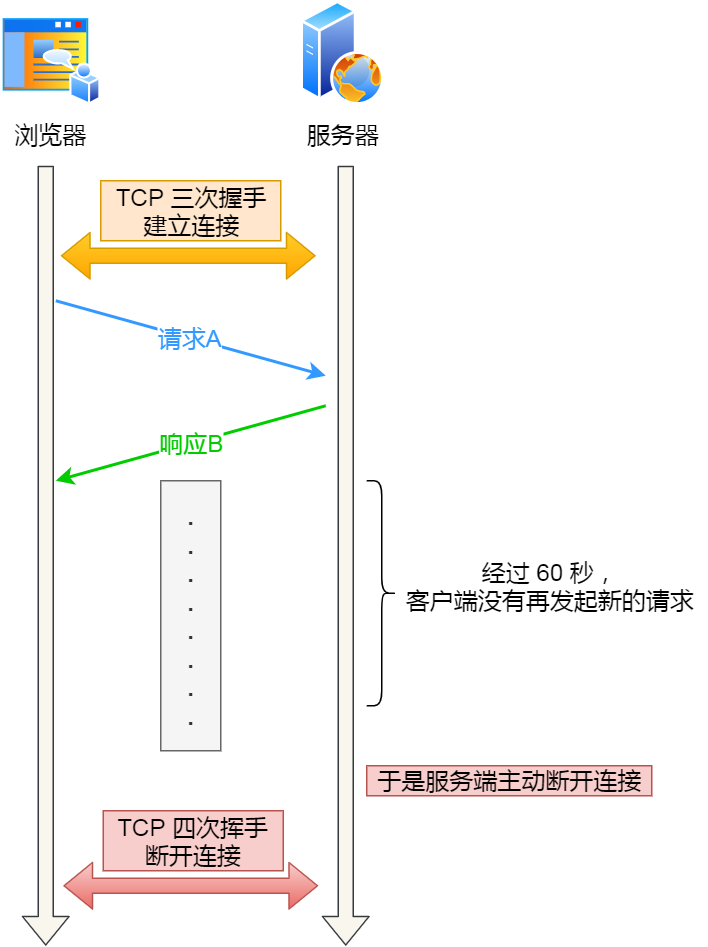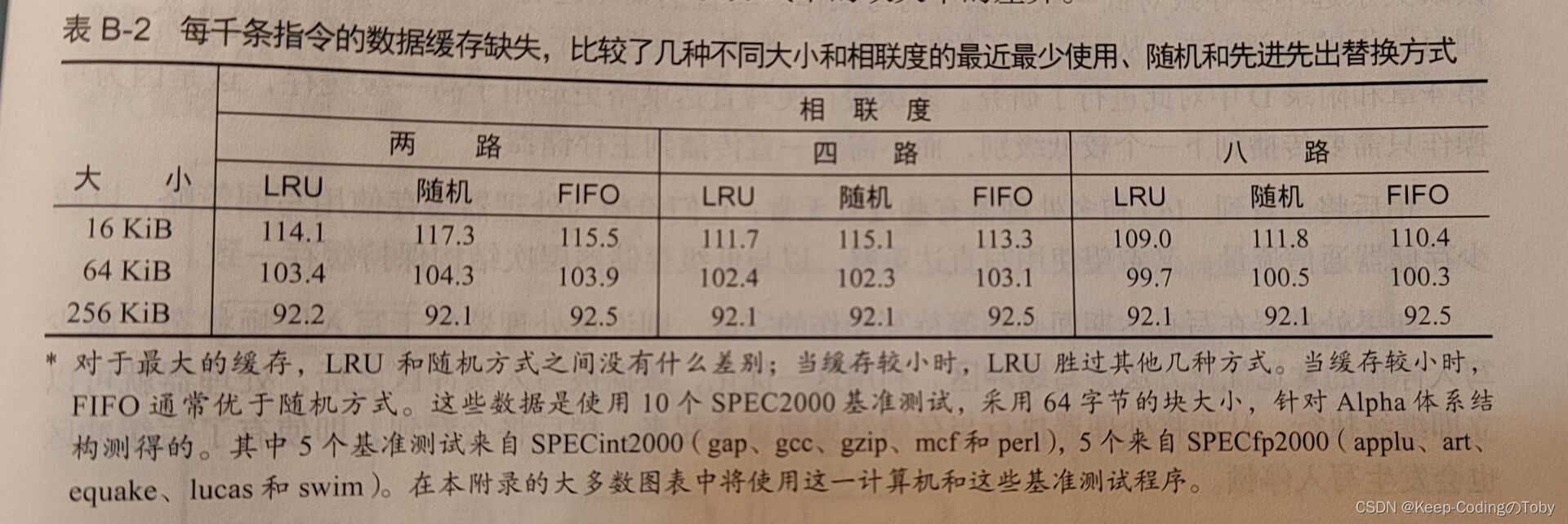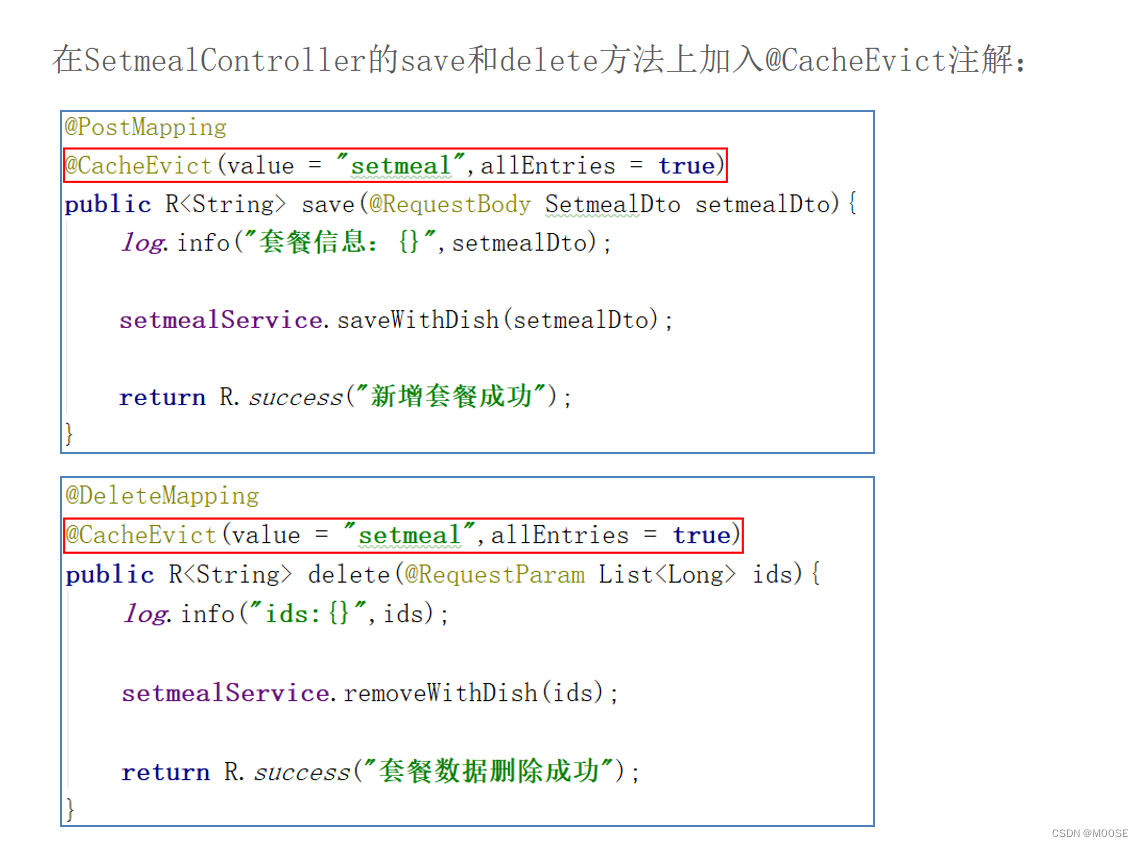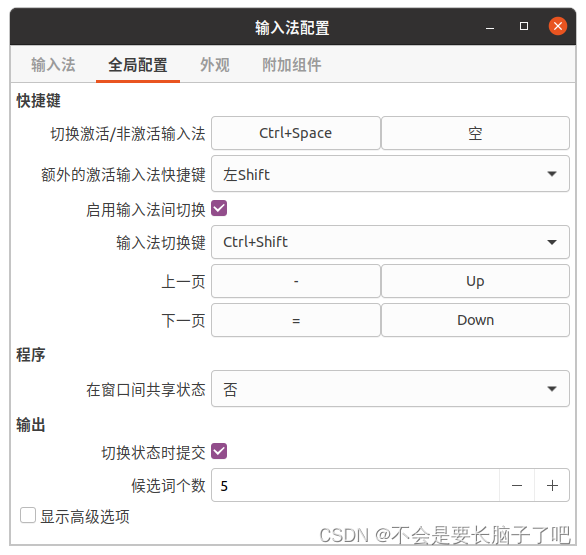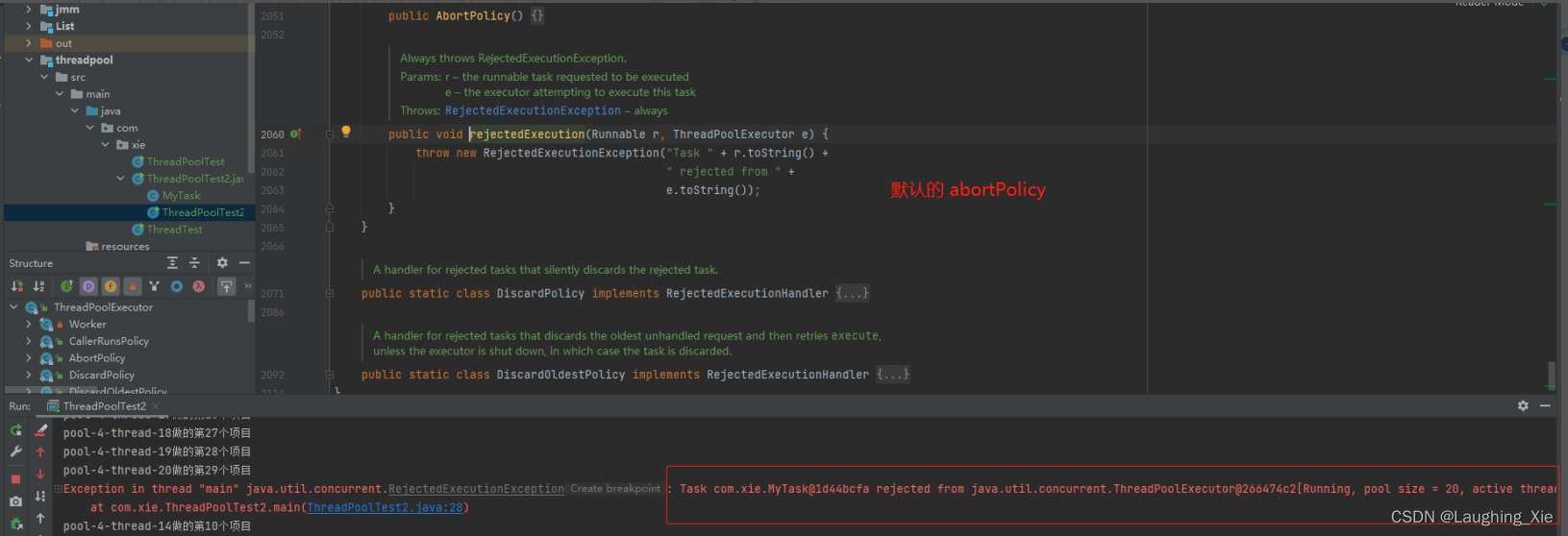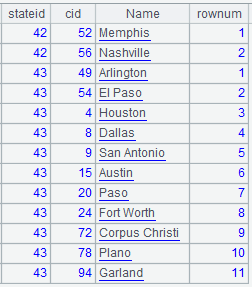前言
阳过之后,已经有一周多没有接触过一道题目了
从今日开始恢复每日一小时的刷题日常
二叉树
222 完全二叉树的节点个数 medium
无论是深度遍历(前中后都好)还是层序遍历,都可以用于求解这道题,只需要使用一个额外的变量记录访问到的结点数量就行。
这道题的考察点在于,如何利用完全二叉树的优势来求解这道题:
作为回归的第一道题目,我们都用一遍
如果是一棵普通的二叉树,那么递归法代码如下:
int getNum(TreeNode* cur) {
if (!cur) return 0;
int leftNum = getNum(cur->left);
int rightNum = getNum(cur->right);
return 1 + leftNum + rightNum;
}
int countNodes(TreeNode* root) {
if (!root) return 0;
return getNum(root);
}
精简后代码如下:
int countNodes(TreeNode* root) {
if (root == NULL) return 0;
return 1 + countNodes(root->left) + countNodes(root->right);
}
- 时间复杂度:O(n)
- 空间复杂度:O(log n),算上了递归系统栈占用的空间
而层序遍历代码如下:
int countNodes(TreeNode* root) {
queue<TreeNode*> que;
if (root) que.push(root);
int res = 0;
while (!que.empty()) {
int size = que.size();
for (int i = 0; i < size; i++) {
TreeNode *cur = que.front();
que.pop();
res++;
if (cur->left) que.push(cur->left);
if (cur->right) que.push(cur->right);
}
}
return res;
}
- 时间复杂度:O(n)
- 空间复杂度:O(n)
接下来我们应当利用一下完全二叉树的特性来求解这道题
实际上,完全二叉树有两种,一种是满二叉树,另一种则是最后一层叶子结点并没有满
那么如何判断完全二叉树满不满,就成了求解这道问题的关键。
有一种方式,就是某结点向左递归的深度始终等于向右递归的深度,就可以断定该二叉树满
利用这个想法,代码如下:
int countNodes(TreeNode* root) {
if (root == nullptr) return 0;
TreeNode* left = root->left;
TreeNode* right = root->right;
// 这里初始为0是有目的的,为了下面求指数方便
int leftDepth = 0, rightDepth = 0;
while (left) { // 求左子树深度
left = left->left;
leftDepth++;
}
while (right) { // 求右子树深度
right = right->right;
rightDepth++;
}
if (leftDepth == rightDepth) {
return (2 << leftDepth) - 1; // 注意(2<<1) 相当于2^2,所以leftDepth初始为0
}
return countNodes(root->left) + countNodes(root->right) + 1;
}
- 时间复杂度:O(log n × log n)
- 空间复杂度:O(log n)
110 平衡二叉树 easy
给定一个二叉树,判断它是否是高度平衡的二叉树。
本题中,一棵高度平衡二叉树定义为:一个二叉树每个节点 的左右两个子树的高度差的绝对值不超过1。保持平衡的原因,也是为了在利用二叉树存储数据时,左右两边侧重不至于过于明显。
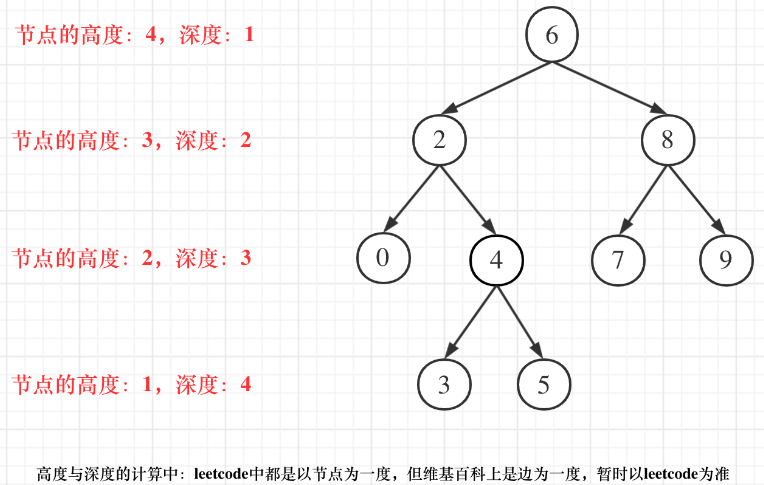
此处需要再强调一遍,求二叉树的深度,需要前序遍历(中左右),因为要从上而下的去查;
而求解深度,需要后序遍历(左右中),因为要从下而上的查。
递归法,需要递归的是左右子树的高度,最后要进行是否平衡的判断,代码如下:
int getHeight(TreeNode* node) {
if (node == NULL) {
return 0;
}
int leftHeight = getHeight(node->left);
if (leftHeight == -1) return -1;
int rightHeight = getHeight(node->right);
if (rightHeight == -1) return -1;
return abs(leftHeight - rightHeight) > 1 ? -1 : 1 + max(leftHeight, rightHeight);
}
bool isBalanced(TreeNode* root) {
return getHeight(root) == -1 ? false : true;
}
迭代法代码如下(参考代码随想录):
private:
int getDepth(TreeNode* cur) {
stack<TreeNode*> st;
if (cur != NULL) st.push(cur);
int depth = 0; // 记录深度
int result = 0;
while (!st.empty()) {
TreeNode* node = st.top();
if (node != NULL) {
st.pop();
st.push(node); // 中
st.push(NULL);
depth++;
if (node->right) st.push(node->right); // 右
if (node->left) st.push(node->left); // 左
} else {
st.pop();
node = st.top();
st.pop();
depth--;
}
result = result > depth ? result : depth;
}
return result;
}
public:
bool isBalanced(TreeNode* root) {
stack<TreeNode*> st;
if (root == NULL) return true;
st.push(root);
while (!st.empty()) {
TreeNode* node = st.top(); // 中
st.pop();
if (abs(getDepth(node->left) - getDepth(node->right)) > 1) {
return false;
}
if (node->right) st.push(node->right); // 右(空节点不入栈)
if (node->left) st.push(node->left); // 左(空节点不入栈)
}
return true;
}
随想录中给出的说法如下:
当然此题用迭代法,其实效率很低,因为没有很好的模拟回溯的过程,所以迭代法有很多重复的计算。
虽然理论上所有的递归都可以用迭代来实现,但是有的场景难度可能比较大。
例如:都知道回溯法其实就是递归,但是很少人用迭代的方式去实现回溯算法!
因为对于回溯算法已经是非常复杂的递归了,如果再用迭代的话,就是自己给自己找麻烦,效率也并不一定高。
257 二叉树的所有路径 easy
本题初见回溯,但其实并不复杂,回溯的意思就是“倒回去”,回溯是一定要用递归的
递归的传入值,按照本题的要求来,必有的是结点,其次是一个用于存放路径值的数组,另一个则是存放最终结果的string数组;
终止条件也很简单,即遍历到叶子结点就可以结束了;
单层的处理逻辑,就要涉及到回溯的操作,即在遍历时弹出上一个遍历到的结点,此处附上精简后的代码:
void reversal(TreeNode* cur, string path, vector<string>& result) {
path += to_string(cur->val); // 中
if (cur->left == NULL && cur->right == NULL) {
result.push_back(path);
return;
}
if (cur->left) reversal(cur->left, path + "->", result); // 左
if (cur->right) reversal(cur->right, path + "->", result); // 右
}
vector<string> binaryTreePaths(TreeNode* root) {
vector<string> result;
string path;
if (root == NULL) return result;
reversal(root, path, result);
return result;
}
回溯的操作,用在了reversal(cur->left, path + "->", result)中的path + "->",每次函数调用完,实际上path是没有加上"->"的,这就相当于回溯了。
如果要用明白显眼的回溯逻辑,就是如下这样:
if (cur->left) {
path += "->";
traversal(cur->left, path, result); // 左
path.pop_back(); // 回溯 '>'
path.pop_back(); // 回溯 '-'
}
if (cur->right) {
path += "->";
traversal(cur->right, path, result); // 右
path.pop_back(); // 回溯 '>'
path.pop_back(); // 回溯 '-'
}
本题还有迭代的写法,具体如下:
vector<string> binaryTreePaths(TreeNode* root) {
stack<TreeNode*> treeSt;// 保存树的遍历节点
stack<string> pathSt; // 保存遍历路径的节点
vector<string> result; // 保存最终路径集合
if (root == NULL) return result;
treeSt.push(root);
pathSt.push(to_string(root->val));
while (!treeSt.empty()) {
TreeNode* node = treeSt.top(); treeSt.pop(); // 取出节点 中
string path = pathSt.top();pathSt.pop(); // 取出该节点对应的路径
if (node->left == NULL && node->right == NULL) { // 遇到叶子节点
result.push_back(path);
}
if (node->right) { // 右
treeSt.push(node->right);
pathSt.push(path + "->" + to_string(node->right->val));
}
if (node->left) { // 左
treeSt.push(node->left);
pathSt.push(path + "->" + to_string(node->left->val));
}
}
return result;
}
